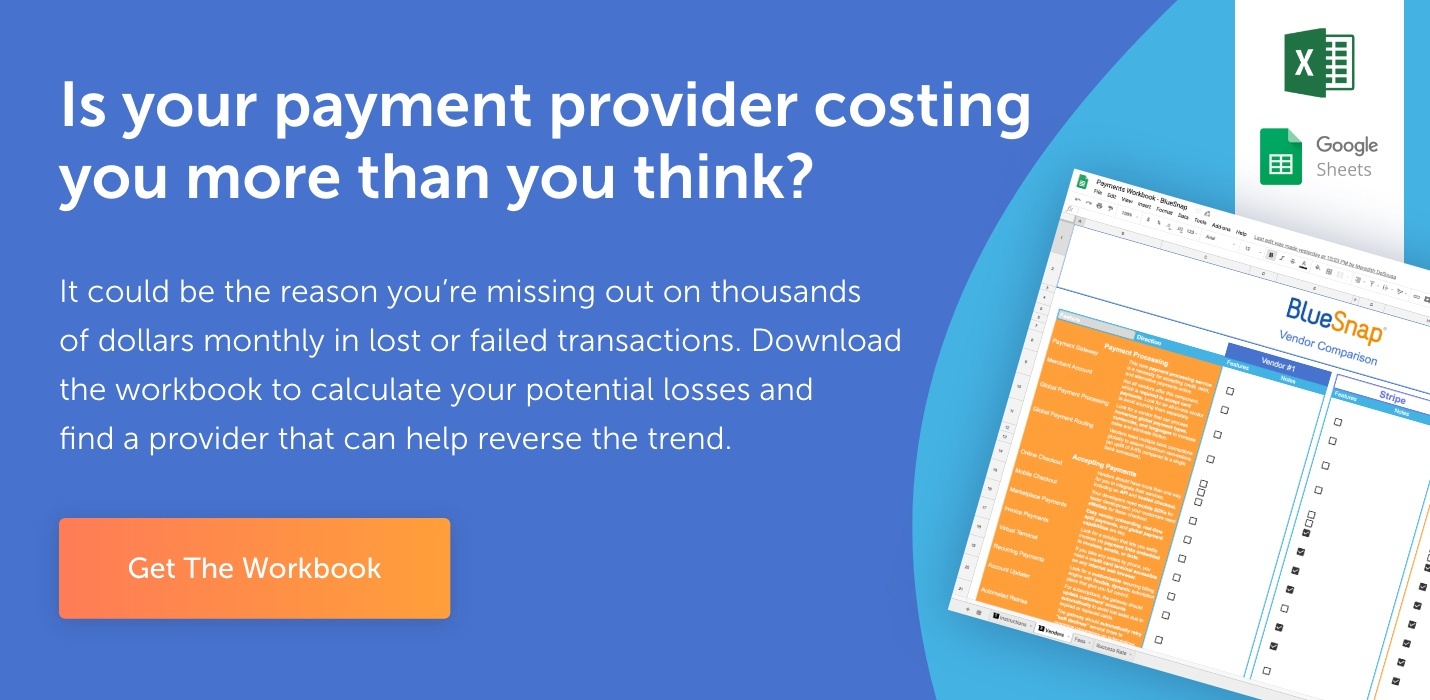When two companies attempt to combine and/or rearrange operations, inevitably some things fall through the cracks. Specifically, if you’re part of a merger or acquisition involving eCommerce, online payment processing sometimes gets minimal attention in the turnover. Taking the time to consider the three things below will not only minimize the impact the changeover will have on your customers, but also ensure you’re moving forward with a payment setup that will positively impact your bottom line.
If you're part of a merger or acquisition involving eCommerce, here are 3 things you need to consider to ensure you're moving forward with a payment setup that will positively impact your bottom line. Click To Tweet
3 Things Your Post-Merger Integration Checklist Should Include
1. An evaluation of your cash flow/payout system.
When you have any kind of company merger situation, one of the critical things the finance or accounting team needs to map out is the new banking setup.
For example, Company A may be a U.S. business that uses a domestic payment vendor and can get paid only in U.S. dollars. They merge with a larger company, Company B, out of London, which deals with British pounds, U.S. dollars, Canadian dollars, and euros. Company A’s payment provider can only pay out to a U.S. bank in U.S. dollars—an arrangement that no longer suits the entire business.
Moving forward, the new company’s post-merger integration plan must satisfy the finance requirements of the entity as a whole. That means choosing a payment provider that can support the organization’s cash flow needs, whether that means making payouts in varying currencies all over the EU, UK, Asia, Australia, or anywhere else.
Will your chosen payment provider help your company thrive—or will it leave money on the table? Use our Evaluating Payment Vendors workbook to find out for sure.
2. An evaluation of your global processing capability.
Bringing together two companies—whether one or both is involved in eCommerce—means bringing together two sets of clients and/or customers. Even if both companies are based in the same country, there may be greater opportunities for global sales. That scenario warrants a reexamination of your ability to sell overseas.
Outside the U.S., the vast majority of sales are done using other payment methods, anything from cash vouchers to bank transfers to online banking options. A lack of sufficient payment methods is one of the top 10 reasons why online shoppers abandon their carts, so if your payment provider doesn’t support numerous international payment methods, you’ll start losing customers.
Your payment processor’s global bank connections matter, too. Most payment gateways (even those that say they “support global processing”) partner with a single acquiring bank within their own country. This arrangement sets up international transactions for failure because they have a higher probability of being flagged for fraud. You can increase the number of approved transactions by 17 percent with a top-notch global approval and routing system.
If global payment processing is likely to be important to your combined companies going forward, make sure your cross-border payment system utilizes numerous global banks around the globe and offers a wide variety of payment methods. You’ll increase sales as a result.
3. Ensure a secure, smooth, fast data migration.
Let’s say Company A has 3,000 customers per month and Company B has 10,000, and you’ve decided Company B’s payment provider will be your sole vendor. Does that provider have a seamless and secure way to migrate the data of 3,000 customers over to its own system?
The process of migrating customer data must be carefully done and thoughtfully orchestrated. Essentially, it involves converting raw data into tokens that can then be used for future billing. There are PCI compliance obligations to consider, and the data must be passed in a secure FTP site with encryption keys. Any blunders at this point could have a significant impact on your business, so it’s worth taking the time to investigate your chosen provider’s data migration process.
Still searching for the ideal payment provider post-merger?
If you’re looking for a new payment vendor that’s the right fit for your “new world,” take a look at BlueSnap.
We’re a globally focused payment provider that can support your business as it grows. Our All-in-One Payment Platform has everything you need to conduct business and maximize revenue everywhere in the world. We support multiple payout methods in numerous currencies, and more than 110 of the world’s favorite payment methods. We also have connections with 30+ banks globally to increase your transaction approval rates worldwide. And when it comes time to migrate your data—whether it’s your first merger or your tenth—our support team will work with your current provider to ensure your data is kept secure, and that the process is always completed as quickly and as seamlessly as possible.
With just a single connection to BlueSnap—which means one contract, one integration, one payout, and one analytics dashboard—you’ll never need to look for another payment provider to fill in the gaps again.
If you’re interested in learning more about how we can help your company post-merger, talk to us.


